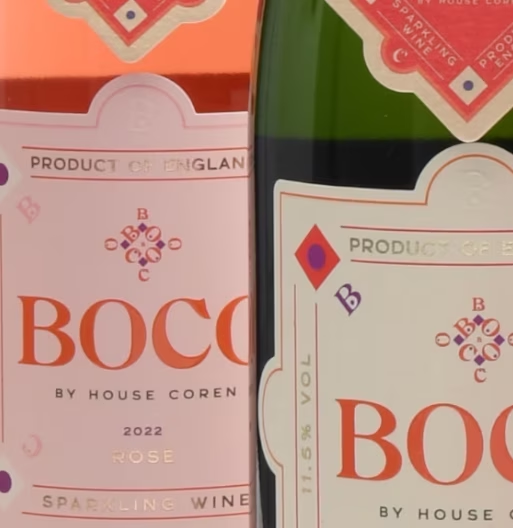30% off all December orders - USE code "XMAS30"
(VALID UNTIL Midnight New Year's Eve)

Wine labels are packed with information but on first glance they can mystify the best of us.
The good news is there is no secret language to learn to be more clued up on label reading, it’s a case of knowing what’s what.
Wine labelling varies depending on the country of origin and the region it comes from, a bottle from Burgundy looks completely different from a magnum from Mendoza. But what’s going to help you know what it will taste like and how good is the quality?
We’ve developed a fool proof guide on some of the key things to look out for.
1. Brand name or geographical indicator
Most wine labels will feature either its brand name or geographical indicator (GI) quite prominently.
GIs identify wines that originate from a specific region or locality and must adhere to strict rules in order to declare it. For example Champagne has to come from Champagne as well as being high enough quality to call itself so.
2. Producer
The producer’s name will be found at the top or bottom of the label. This tells you who made the wine. In the case of our bottles, look out for House Coren and our stamp of approval.
3. Region
The region is where the grapes were grown to make the wine. Unlike GIs, regions are more about provenance as opposed to preserving an area’s quality. These can be broad like England, or more localised, like West Sussex – our home.
4. Variety
This is the grape used in the wine. For example, Chardonnay or Pinot Blanc. Different grape varieties can be blended in a wine, many traditional method white sparkling wines are made used a mixture of red and white varieties; a little know fact.
5. Vintage
The vintage is the year the grapes were harvested, and this date can tell you a lot of information about the wine. A single vintage means all the grapes in the bottle were harvested at the same time. A non-vintage (NV) blends multiple vintages to create a consistent product and ‘house style’. Vintage wines may excel in extraordinary harvest years but lack lustre in poorer ones; for the latter case even some top Champagne houses don’t declare it!
6. Alcohol
Probably the easiest label detail to get your head around. Anyone purchasing or consuming any type of alcohol will notice a product’s alcohol by volume or ABV. It’s a percentage number such as 13.5% vol. Wines with a higher alcohol content are usually much bigger (full-bodied) and richer.
7. Other terms to look out for
Reserve: A term some producers may use the term to indicate their best products, more of a marketing ploy than anything.
Old Vine/Vieilles Vignes: The wine has been made with grapes with old vines which are prized by winemakers. They usually produce smaller yields but offer more complex flavours and can result in higher-quality wines. Interestingly, there is no legal or generally agreed definition for old – just like real life!
Like most information, the more you read, the more you’ll know. There is even more detail on some wine labels but we hope this sets you on the right path to reading your bottles, translating a wine list and discovering the right wines for you.